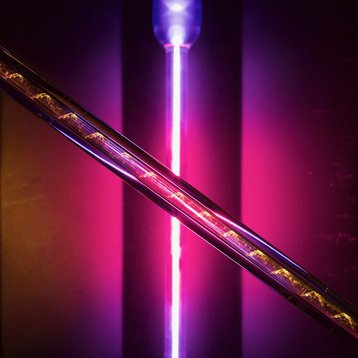Quantum computing company Orca has announced it will lead an R&D consortium to develop network multiplexing and switching technologies for use in quantum computing and data centers.
The consortium also includes Toshiba Europe, Bay Photonics, Imperial College London, and University College London.
Multiplexing and switching are foundational technologies used to enable ultra-high data transmission rates and are a necessary puzzle piece in the scaling up of quantum systems beyond the limits of individual quantum processors.
According to the group, the quantum networking technologies it’s looking to develop would allow for large-scale quantum data transfer at levels necessary for commercial application. The technologies will be delivered in tandem and cover quantum memories, frequency shifters, and spatial switches, allowing the networking that takes place within and between quantum computers to reach the performance levels required by industrial-scale quantum computing and networking.
The consortium added that if successful, the project would set the stage for a “significant advancement in quantum networking capabilities,” particularly for high-performance computing and cloud data centers.
“This advancement will mark a significant step forward in current multiplexing and switching technologies, fostering the growth of quantum networking and advancing telecommunications,” said Josh Nunn, co-founder and chief science officer at Orca Computing. “The anticipated result of this project will be a world-first demonstration of three high-performance quantum communications technologies used together. Combined with Orca's approach to modular system design, users can benefit from both superior performance and upgradability.”
Founded in 2019 as a spin-out from Oxford University, Orca Computing is a UK-based photonic quantum computing company. Unlike other quantum computers that need to be cryogenically cooled, Orca’s rack-mounted PT quantum systems operate at room temperature and rely on an optical fiber-based architecture.






